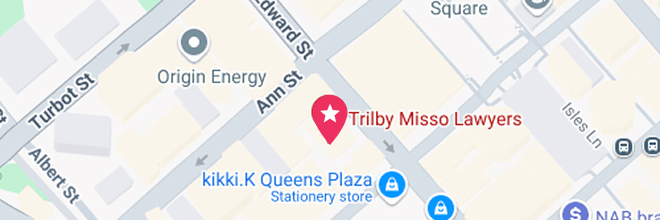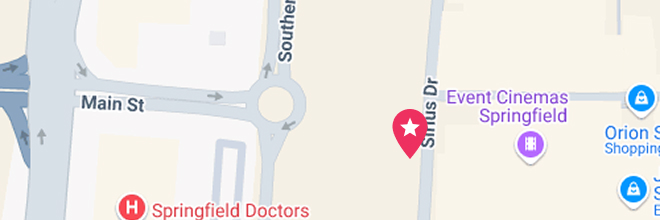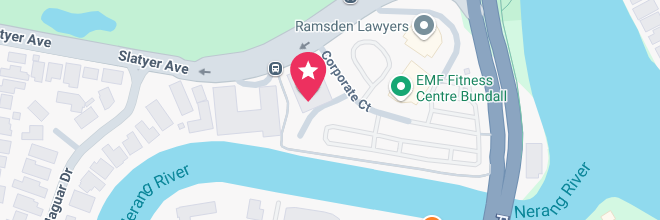Our Brisbane CBD Office
- Suite 400, Level 4/288 Edward St, Brisbane City QLD 4000
- (07) 3910 5470




While personal injury law is often associated with high-profile courtroom battles, the reality is that only a small percentage of cases ever reach trial. Most personal injury claims in Queensland are resolved through pre-court procedures designed to encourage settlement, reduce legal costs, and expedite compensation for injured parties. This article begins with the reasons why so few personal injury matters go to trial and how Queensland’s legal framework promotes early resolution.
The Queensland legal system has established structured pre-court procedures that aim to facilitate settlement before litigation becomes necessary. These procedures ensure that both parties engage in meaningful negotiations and explore all possible avenues to resolve disputes efficiently.
Key Pre-Court Processes:
These steps encourage fair and reasonable settlements while reducing the burden on the court system.
Several factors contribute to the high settlement rate of personal injury claims in Queensland:
Cost Considerations
Going to trial is expensive, and legal fees can quickly escalate. Both plaintiffs and defendants often prefer to settle rather than risk incurring significant costs through prolonged litigation.
Time Efficiency
Trials can take months or even years to conclude, whereas settlements provide faster resolution, allowing injured parties to receive compensation sooner.
Uncertainty of Trial Outcomes
Even strong cases are subject to the unpredictability of court decisions. Settling allows parties to retain control over the outcome rather than leaving it to a judge or jury.
Emotional Toll on Plaintiffs
Litigation can be stressful and emotionally draining, particularly for injured parties recovering from significant trauma. A settlement provides a way to avoid prolonged adversarial proceedings.
Mediation is a crucial tool in resolving personal injury claims before they reach court. In Queensland, mediation may be required as part of the pre-court process to facilitate open discussions and compromise.
Advantages of Mediation:
The court system actively encourages settlements by requiring parties to attempt pre-court resolution. Judges may also issue cost penalties if a party has previously refused a reasonable settlement offer. This creates strong incentives for parties to reach agreements outside of court.
Although most claims settle, some cases do proceed to trial under specific circumstances:
Court judgments play a crucial role in shaping legal precedents, which serve as binding or persuasive authority in future cases. For lawyers, these precedents establish the legal principles that guide future litigation strategies, case evaluations, and client advice.
How Precedents Influence Legal Practice:
Implications for Personal Injury Lawyers:
Conclusion
Queensland’s personal injury legal framework is designed to resolve claims efficiently and fairly without the need for a trial. Through structured pre-court procedures, compulsory conferences, and mediation, most cases reach settlement before ever stepping into a courtroom. While some matters do proceed to trial due to liability disputes or compensation disagreements, the vast majority of claimants benefit from early resolution, receiving compensation without the delays and costs associated with litigation.
Court judgments play a fundamental role in shaping legal precedents, influencing future cases, and guiding legal strategies. For personal injury lawyers, staying informed on relevant precedents is essential to effectively advocating for clients and securing favourable outcomes.
Contact our expert personal injury lawyers today for a free consultation!
Recent Developments in Injury Law in Queensland
Personal injury law in Queensland has evolved through numerous landmark judgments that shape how claims are assessed and compensated. For personal injury law firms in Brisbane, understanding these judgments is essential to providing expert legal advice and securing fair compensation for clients. This article will now explore some of the most significant personal injury cases in Queensland, analysing their impact on compensation claims, negligence laws, and legal procedures.
This case played a crucial role in clarifying the principles of contributory negligence and duty of care. The Queensland Court of Appeal examined the extent to which a plaintiff’s own actions—such as failing to wear a seatbelt—could impact liability and damages in a motor vehicle accident claim.
Case Summary:
The plaintiff suffered severe spinal injuries in a motor vehicle accident. The defendant argued that the plaintiff’s failure to wear a seatbelt contributed significantly to the severity of the injuries. The court ultimately held that, while contributory negligence was a factor, the primary liability still rested with the negligent driver.
Key Takeaways:
This case remains an essential precedent in Queensland personal injury law, particularly in motor vehicle accident claims.
This case involved a workplace injury claim where the plaintiff suffered a back injury due to inadequate workplace safety measures. The employer argued that the plaintiff’s pre-existing condition contributed significantly to the injury. However, the court held the employer liable, emphasizing the employer’s duty to provide a safe work environment.
Key Takeaways:
Case Summary:
In this case, a pedestrian was struck by an unidentified vehicle, leading to a claim against the Nominal Defendant. Since the at-fault driver could not be identified, the court had to assess the reliability of witness testimony and the burden of proof required in such cases. The key issue was whether the plaintiff had sufficiently established that the accident was caused by an unidentified vehicle, thereby warranting compensation from the Nominal Defendant.
The Queensland Supreme Court determined that personal injury victims could still seek compensation even when the responsible driver could not be identified. The ruling reinforced the importance of thorough evidentiary support in hit-and-run cases and confirmed that victims should not be left without legal recourse simply because an at-fault driver remains unknown.
Key Takeaways:
This case has since played a crucial role in guiding similar claims involving unidentified drivers, providing clarity on the burden of proof required and reinforcing legal protections for injured pedestrians.
Conclusion
Queensland’s personal injury legal framework is designed to resolve claims efficiently and fairly without the need for a trial. Through structured pre-court procedures, compulsory conferences, and mediation, most cases reach settlement before ever stepping into a courtroom. While some matters do proceed to trial due to liability disputes or compensation disagreements, the vast majority of claimants benefit from early resolution, receiving compensation without the delays and costs associated with litigation.
Court judgments play a fundamental role in shaping legal precedents, influencing future cases, and guiding legal strategies. For personal injury lawyers, staying informed on relevant precedents is essential to effectively advocating for clients and securing favourable outcomes.
This case involved a slip-and-fall incident at a shopping centre, where the plaintiff claimed the premises owner failed to take reasonable precautions. The court emphasized that commercial property owners have a duty to maintain a safe environment and that failure to implement proper safety measures can lead to liability.
Key Takeaways:
A major case involving insurance disputes, where the plaintiff challenged an insurer’s refusal to pay out a personal injury claim. The court ruled that insurers must act in good faith and that any denial of claims must be supported by substantial evidence.
Key Takeaways:
A plaintiff sustained serious injuries after tripping over a poorly maintained footpath. The court ruled in favour of the plaintiff, determining that the council had failed in its duty to maintain public spaces.
Key Takeaways:
A supermarket employee sustained repetitive strain injuries due to inadequate workplace ergonomics. The court found that Woolworths had neglected its responsibility to ensure a safe working environment.
Key Takeaways:
A motor vehicle accident victim sued NRMA Insurance for refusing to cover rehabilitation expenses. The court ruled that insurers must adhere to fair claims practices and provide adequate support for injury victims.
Key Takeaways:
Conclusion
These landmark personal injury cases have significantly shaped Queensland’s legal landscape, reinforcing the rights of injury victims and establishing clear precedents for negligence, insurance disputes, and workplace safety. For personal injury law firms in Brisbane, staying updated on these rulings ensures better legal strategies and successful outcomes for clients.
Why Choose an Experienced Brisbane Personal Injury Lawyer?
If you’ve been injured due to negligence, it’s crucial to seek expert legal representation. A skilled personal injury lawyer in Brisbane can help navigate complex legal issues, maximize compensation, and advocate for your rights.
Contact our expert personal injury lawyers today for a free consultation!
To find out more about legislative updates and news, read out blogs.
Kathryn is Trilby Misso’s Chief Executive Officer.
Meet KathrynUse this simple online tool and find out if you have a claim in less than thirty seconds. You can choose to remain anonymous.
Your next step is a small one. All you need to do is give us a call on 07 3910 5470 or complete this form here to arrange a quick chat.
During this initial conversation, we will:

We understand that taking legal action can be stressful, and we’ll do all we can to ease your concerns.
The chat can take place at our place, your place, or by phone. There is no cost, no pressure, and no obligation.
Call 07 3910 5470 or fill out this form, and we’ll get back to you within 2 hours (during business hours). We look forward to meeting you.
enquire now